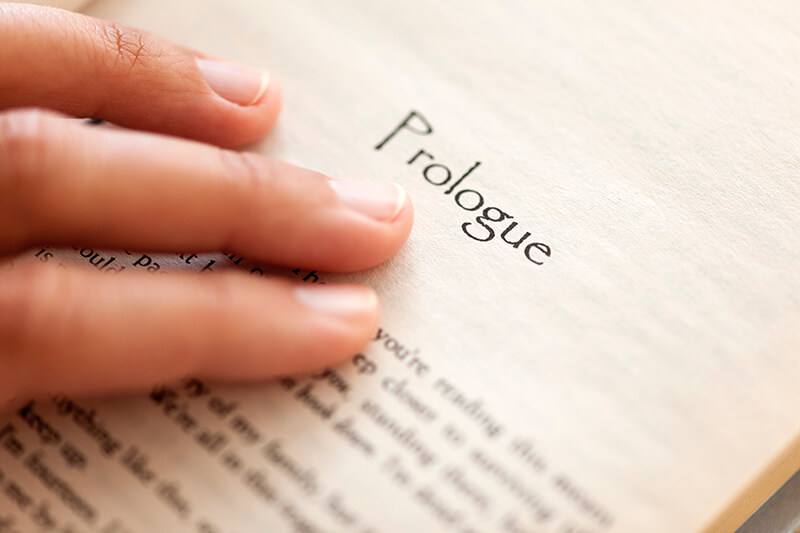
In the realm of storytelling, prologues and epilogues play distinctive roles in shaping the narrative arc of a piece of literature. These literary devices, often found at the beginning and end of a story, serve to enhance the overall reading experience and provide valuable insights into the plot, characters, and themes. In this blog post, we will delve into the ins and outs of prologues and epilogues, exploring their purposes, differences, and how they contribute to the storytelling craft.
Defining Prologues
A prologue is an introductory section that precedes the main narrative of a story. Its primary purpose is to set the stage; providing essential background information, context, or historical details that are essential for understanding the unfolding plot. Prologues can take various forms, such as a flashback, a glimpse into the future, or a historical account that sheds light on the world in which the story is set.
Pros of Prologues
- Establishing Context: Prologues offer a chance for authors to provide readers with the necessary context, ensuring a smooth entry into the main storyline.
- Building Anticipation: Prologues can pique readers’ interest and create a sense of anticipation by teasing elements of the plot or hinting at future events.
Cons of Prologues
- Information Overload: If not crafted carefully, prologues may overwhelm readers with too much information, potentially hindering the natural flow of the story.
- Risk of Disconnection: Some readers may skip prologues, feeling they are optional, which can lead to a disconnection from critical story elements.
Defining Epilogues
On the flip side, epilogues are sections that follow the main narrative and provide a glimpse into what happens after the resolution of the primary conflict. Epilogues tie up loose ends, offer closure, and reveal the fate of the characters beyond the final chapter. They can also provide insight into the broader implications of the story or hint at potential sequels.
Pros of Epilogues
- Closure: Epilogues provide a satisfying sense of closure for readers, answering lingering questions and resolving character arcs.
- Reflecting on Themes: Authors can use epilogues to reflect on the overarching themes of the story and leave readers with a lasting impression.
Cons of Epilogues
- Potential for Redundancy: If the main narrative concludes effectively, an epilogue may be deemed unnecessary and could risk feeling superfluous.
- Leaving Too Much Open: While epilogues tie up loose ends, leaving everything neatly packaged may also remove the opportunity for readers to imagine the characters’ futures.
Choosing Between Prologues and Epilogues
The decision to include a prologue, an epilogue, both, or neither depends on the specific needs of the story and the author’s stylistic choices. Authors should consider the pacing, tone, and themes of their narrative, ensuring that any additional sections contribute meaningfully to the overall reading experience.
In the intricate tapestry of storytelling, prologues and epilogues stand as unique tools at an author’s disposal. When used thoughtfully, these literary devices enrich the reader’s journey, offering context, closure, and a deeper understanding of the narrative. As writers navigate the creation of their tales, the judicious use of prologues and epilogues can elevate their work, leaving a lasting impact on those who embark on the literary adventure.
